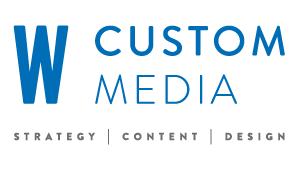
We previously wrote on the importance of accessibility in our beginner’s guide to accessible digital content, but inclusion of disabled people in digital media spaces is not a one-off effort. This week, we’re turning our attention to 508 compliance and organizations’ legal requirements to implement features and formatting for disabled users.
In 1998, the federal government identified the importance of including disabled people in the rapidly developing world of information technology and thus amended the 1973 Rehabilitation Act to reflect this modern need. This revision included Section 508, which outlines accessibility mandates for digital content. Following these guidelines allows websites and digital products to be accessed by wider audiences, but it’s also the law.
508 compliance guidelines cover a range of digital content, including websites, documents, and videos. By following the Section 508 Standards, organizations make their websites and other digital materials user-friendly–for all users–and promote greater inclusion and equity for people with disabilities. Elements of 508 compliance include:
- Website Accessibility: Websites must be navigable using assistive technologies such as screen readers and keyboard-only navigation. Sites should also provide alt- text for content like images and videos.
- Document Accessibility: Digital documents’ formatting should utilize proper heading structures, clear tables and charts, and alt-text.
- Video Accessibility: Videos need to be captioned or have a transcript available, as well as audio descriptions.
The importance of 508 compliance cannot be overstated. Without accessibility measures in place, disabled people may not be able to use information or services that are accessible to non-disabled people. This inequity hinders disabled people’s ability to participate in public life and can lead to a diminished quality of life.
Making your digital content 508 compliant is a reasonable accommodation to extend to potential audiences. It is also not only the right thing to do, but a legal requirement for organizations receiving federal funding. Under the Americans with Disabilities Act (ADA) and the updated Rehabilitation Act, businesses must be accessible to disabled people. Failure to comply with these requirements can result in legal action and costly penalties.
In our increasingly digital world, it is crucial that we prioritize accessibility to ensure that everyone has equal access to information, goods, and services. To check that your content is 508 compliant, follow the Accessibility Requirements Tool (ART).
Image courtesy of fauxels via Pexels.
